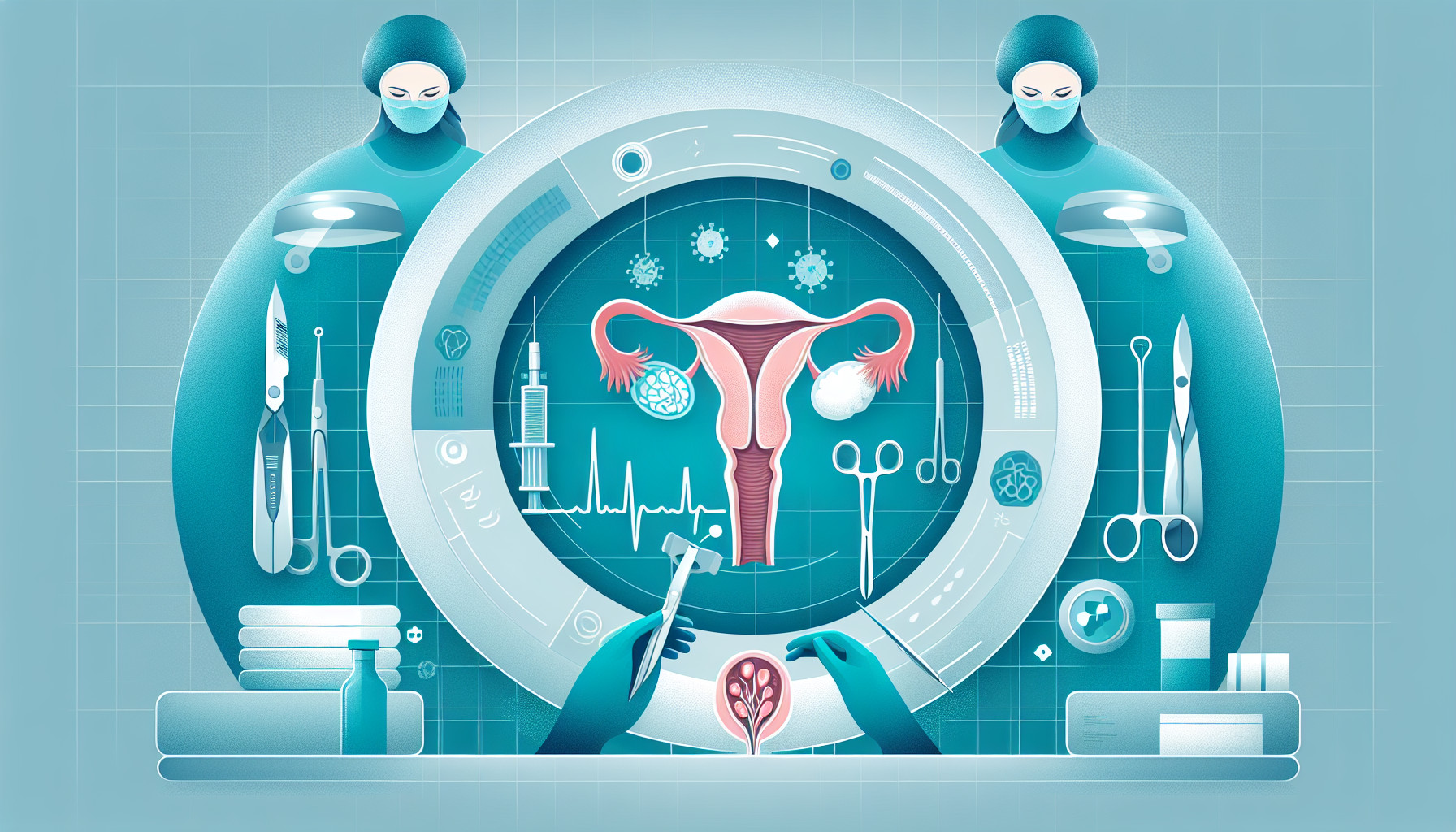Our Summary
The research paper discusses a study conducted on the ovaries of 21 female dogs who were experiencing gynecological problems. These ovaries were surgically removed and studied under a microscope. The researchers found 193 cysts, which are fluid-filled sacs, of various types in these ovaries. They also took into account the medical history of the dogs, their physical examination results, and what they observed during the surgery to remove the ovaries and uterus.
The dogs that had these ovarian cysts were mostly those who had never given birth, belonged to large breeds, and were around 9.5 years old. However, the researchers found that whether the dogs had longer or shorter intervals between their heat cycles didn’t seem to increase their risk of developing these cysts.
In addition, the researchers also documented their observations of a rarely seen type of cyst, which included a degenerated egg cell in the central cavity.
FAQs
- What are the different types of ovarian cysts found in the study?
- What were the common characteristics of dogs with ovarian cysts?
- What factors seemed to be low-risk in the development of ovarian cysts in dogs?
Doctor’s Tip
A helpful tip a doctor might tell a patient about ovarian cyst removal is to follow post-operative care instructions closely, including taking prescribed medications, avoiding strenuous activities, and attending follow-up appointments. It is also important to monitor for any signs of infection or complications and to contact the doctor if any concerning symptoms arise. Additionally, maintaining a healthy lifestyle and regular check-ups can help prevent future ovarian cysts from developing.
Suitable For
Patients who are typically recommended ovarian cyst removal include those who are experiencing reproductive perturbations such as prolonged or shortened inter-estrus intervals, nulliparous individuals, and those of large breed. Additionally, patients with ovarian cysts that are causing clinical symptoms or complications may also be recommended for surgical removal. It is important to consider the individual patient’s medical history, clinical examination findings, and the type of cyst present when determining the need for ovarian cyst removal.
Timeline
- Before ovarian cyst removal:
- Patient presents with gynecopathies such as prolonged or shortened inter-estrus intervals.
- Clinical examination and medical history are conducted to diagnose ovarian cysts.
- Ovaries are surgically removed for further examination.
- Histological and immunohistochemical classification of cystic structures is performed.
- Results are interpreted based on medical history, clinical examination, and macroscopic observations.
- After ovarian cyst removal:
- Histological examination reveals the classification of cysts into subsurface epithelial structures (SES), follicular cysts (FCs), cystic rete ovarii (CRO), lutein cysts (LCs), and non-classifiable cysts (NCCs).
- Patients with ovarian cysts are mostly nulliparous, of large breed, and average 9.5 years old.
- Prolonged or shortened inter-estrus intervals are identified as low-risk factors for the development of ovarian cysts in dogs.
- Rare histological observations, such as a degenerated oocyte in a canine LC, are reported.
- Treatment and follow-up care are provided to the patient post-surgery.
What to Ask Your Doctor
- What type of ovarian cyst do I have and what does that mean for my treatment and prognosis?
- What are the risks and benefits of surgical removal of the ovarian cyst?
- What is the success rate of ovarian cyst removal in terms of preventing recurrence?
- What is the recovery process like after ovarian cyst removal surgery?
- Are there any potential complications or side effects associated with ovarian cyst removal?
- Will removing the ovarian cyst affect my fertility or hormone levels?
- Are there any alternative treatment options to surgical removal of the ovarian cyst?
- How often should I follow up with you after the ovarian cyst removal surgery?
- Are there any lifestyle changes or precautions I should take to prevent future ovarian cysts?
- Can you provide me with any additional information or resources about ovarian cysts and their treatment?
Reference
Authors: Knauf Y, Köhler K, Knauf S, Wehrend A. Journal: J Vet Sci. 2018 Nov 30;19(6):725-734. doi: 10.4142/jvs.2018.19.6.725. PMID: 30304884
